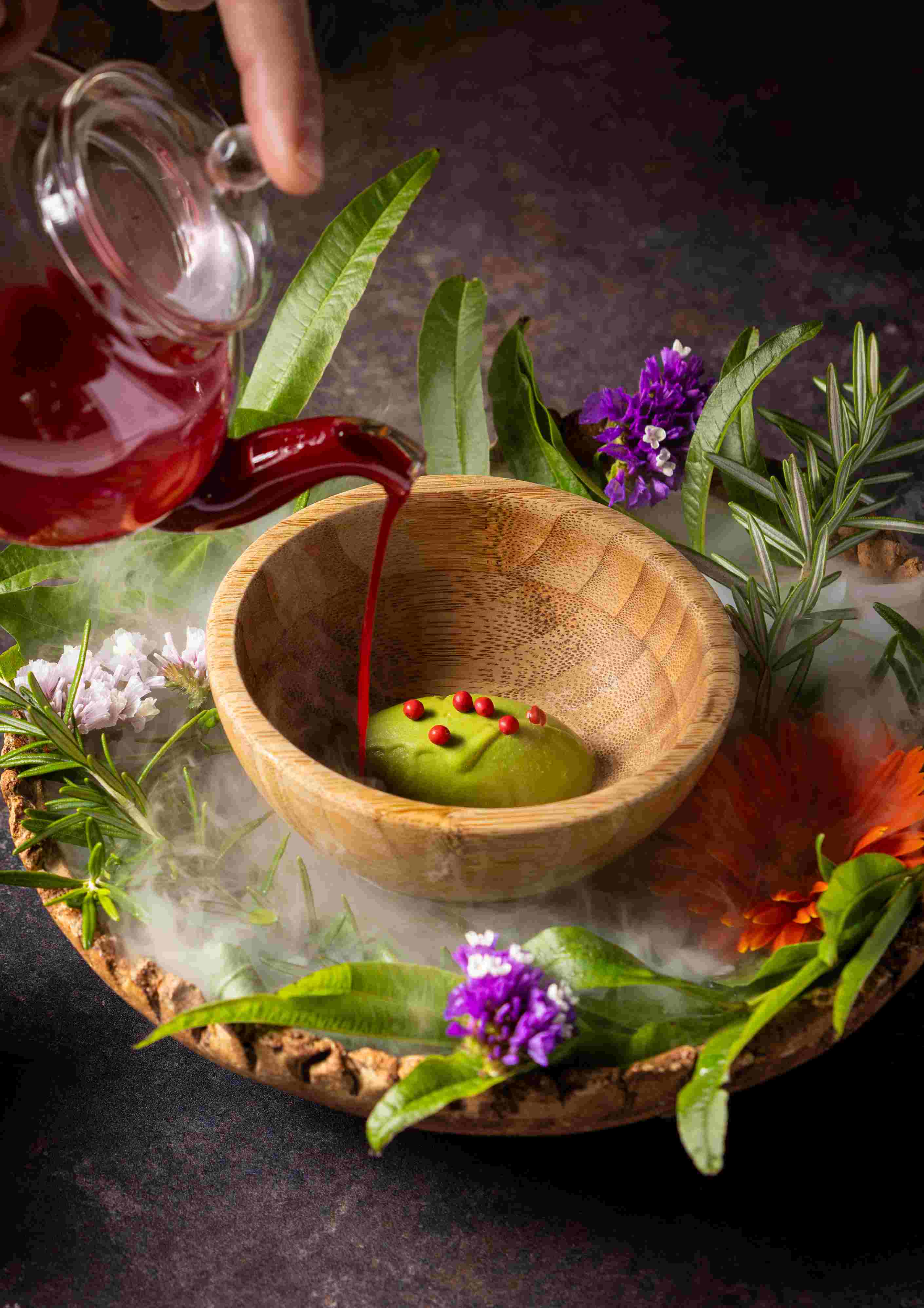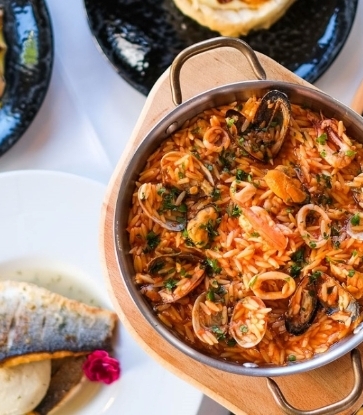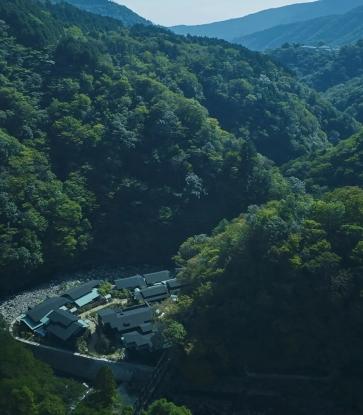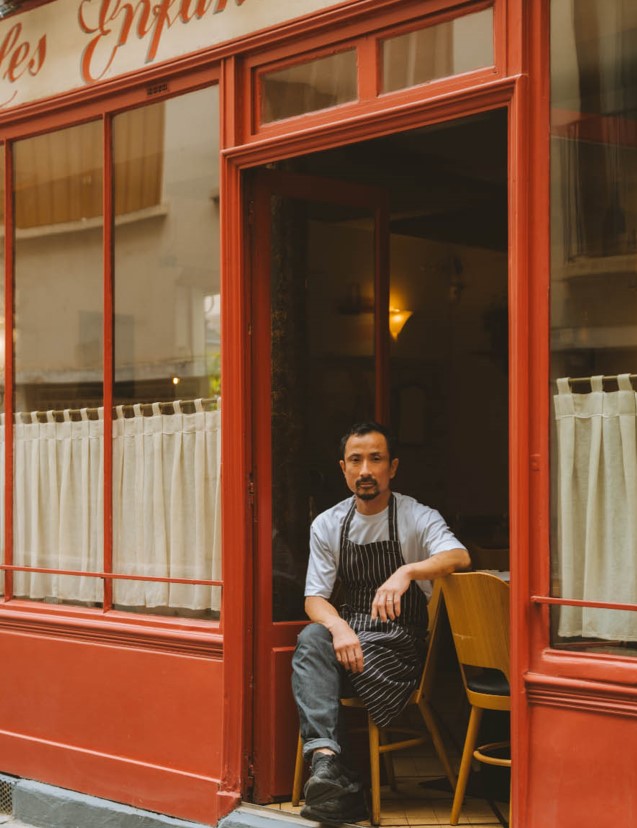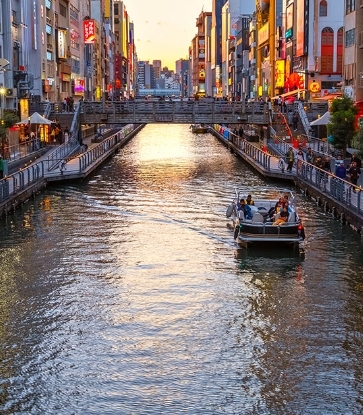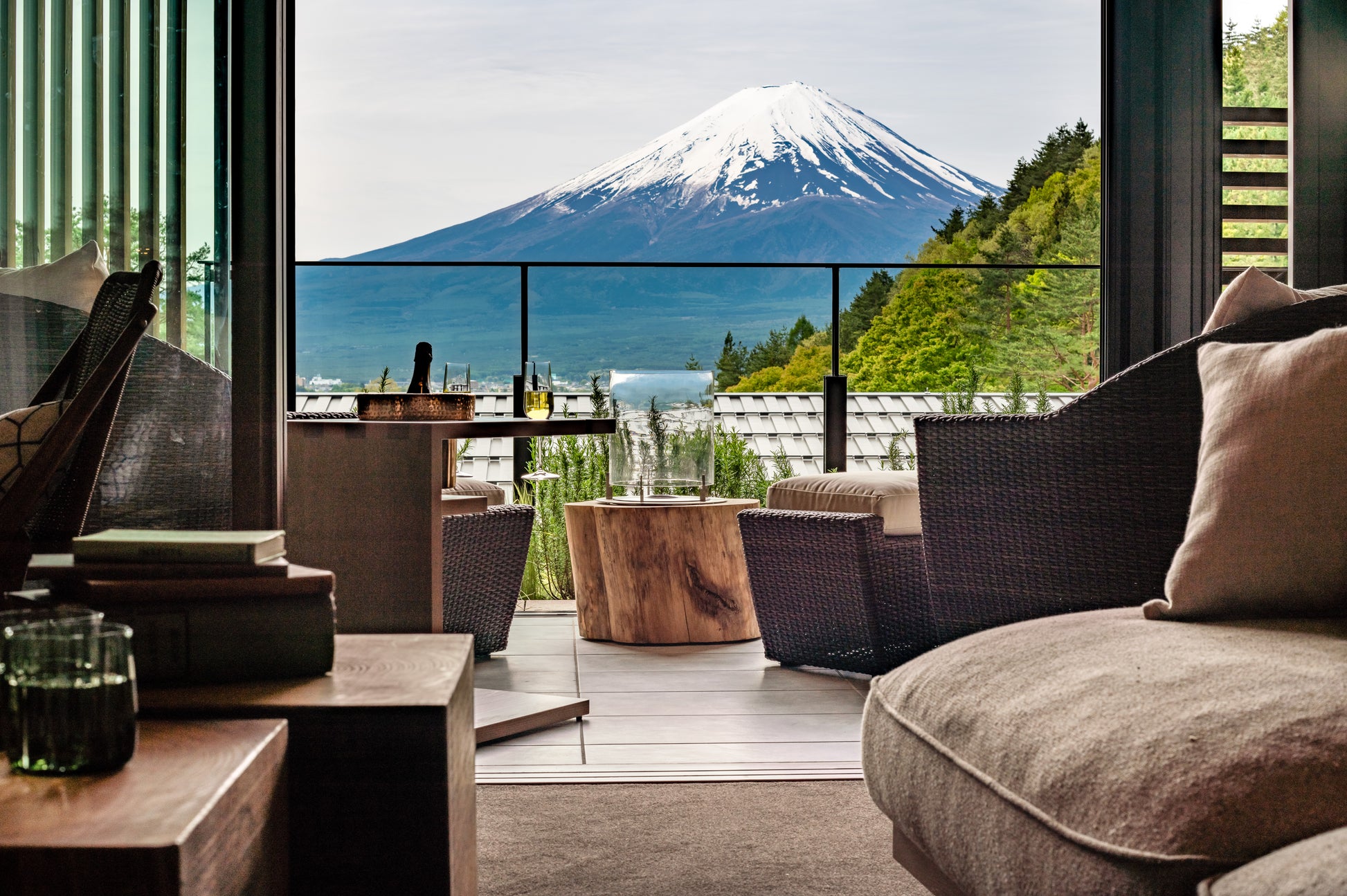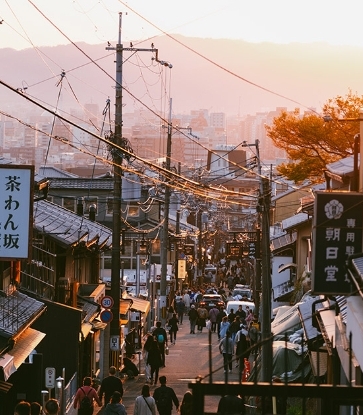
They range from nakaoroshi gyousha (intermediate wholesalers with stalls within the marketplace) to agents for high-end sushi restaurants, food processing companies and large retailers.
Tell us more about Tsukiji market and your role in it.
In the main wholesale market of Tsukiji, there are about 700 shops, stands or stalls. Each owned by different owners with their own specialities. In total, about 10,000 auctioneers, wholesalers, drivers, delivery staff, restaurant staff work in Tsukiji.
Nakaoroshi gyousha or intermediate wholesalers like me ply our trade on a daily basis, selling seafood - not just tuna, but also squid, octopus, salmon and shellfish - from stalls within the market to hotels, supermarkets, food shops, or directly to upscale restaurants and individual shoppers as well.
You will find many professional chefs carrying their bamboo basket from stall to stall within the inner market, stopping at one stall for tuna, another for shellfish, a third for shrimp. I usually receive my orders from my customers by email or over the phone, or some customers choose to come in person to buy my tuna.
The taste of sushi is largely determined by how well its ingredients are chosen, and the sourcing of ingredients varies according to how a shop runs its business. The price of fish sourced by one shop can be anything from double to ten times of that purchased by another. This cost is the definitive difference between a high-end sushi restaurant and more regular food establishments. But at the tuna auction, everyone gets an equal chance at buying it.

We have four species of tuna. There is yellow fin tuna, followed by the bigeye tuna, which is lean tuna, but which has a good, bright red colour and is found all around the world. Then there’s the south bluefin tuna, which lives in the South Pacific and the Indian Ocean. And lastly, there is bluefin tuna, which is the best tuna. Bluefin tuna can grow up to 2 metres in length, or sometimes 3 metres.
Naturally, the texture and the taste varies from one part of the tuna to another. Tuna can be divided into three parts from its head to its tail: the upper, middle and lower part. Two blocks of the flesh can be taken from both the belly and the topside. The flesh on the belly is more fatty on the upper part, becoming less fatty toward the lower part. In otoro, or fatty tuna, the sinews are very strong and are mainly found on the upper part of the belly. The chutoro, meaning medium fatty tuna, is found from the middle to the lower part of the belly, and all the red flesh, or akami, can be found on the spinal side.
The upper part of the belly is the most expensive, while the lower part on the spinal side the cheapest. Each part goes to different customers: the upper part goes to upscale restaurants and costs about 18,000 yen (US$180) per kilogram, while the lower part on the spinal side goes to supermarkets and individual shoppers, and costs about 5,000 yen (US$50) per kilogram.
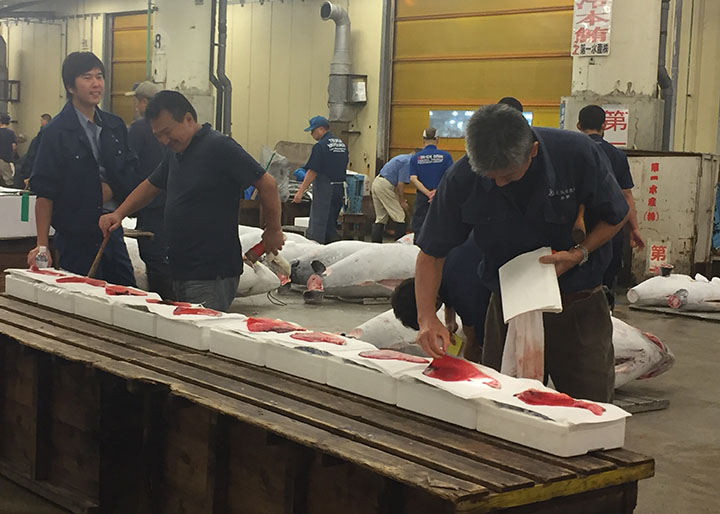
The cheapest tuna I’ve seen traded at 500 yen (US$5) per kilogram, it was watery. It most probably went to factories that produce canned tuna. We have many bidders representing such factories.
The most expensive tuna cost 700,000 yen (US$6800) per kilogram. It was 200 kg, so the whole tuna cost about 150 million yen - that’s US$1.5 million! It was sold during the first auction of the year about three years ago. The first auction of the year is the most important auction because we ‘outbid’ tuna (that is, to secure the winning bid) to celebrate the coming of the new year. One of the most famous sushi restaurants in Tokyo outbid it to advertise because many television broadcasters, newspapers came here to cover the news. It was good advertising.
It was from Oma, in northern Japan, which faces the Tsugaru Strait. Tuna from the Tsugaru Strait are the best in the world.

Bluefin tuna migrate to Japan and separate into two groups around Okinawa waters, in the south of Japan. One follows the Japan current on the Pacific side, and the other follows the Tsushima route on the Sea of Japan side. They move north to get food such as squid and so forth and they acquire an intense fatty flavour from late autumn to winter, when they reach their prime.
A majority of the tuna end up between Hokkaido and Aomori Prefecture, which is connected by the Tsugaru Strait. Many people regard tuna from Tsugaru Strait to be the cream of the crop. Tsugaru Strait tuna grow in the cold waters of the area and they are known first and foremost for their rich fatty meat. At the Tsugaru Strait, tuna are caught by the ippon zuri, or single-hook hand-line fishing, method so as not to damage their bodies too much. Handmade fake bait is often used, they are made with rubber, but I have not seen them yet as each fisherman has his own handmade fake bait - it is the top secret for success in fishing. But I think they are similar to squid. Tuna lifestyle remains a mystery, but we know that tuna like squid. (laughs)
At the Tsugaru Strait, fishermen go out to sea competing with each other to catch tuna. However, when a really big tuna is hooked, it is impossible for one fisherman to hold on to it alone so it is customary for other fishermen to go over and help out. The gallant fighting spirit of pole-fished tuna, and the smell of the fish - particularly the bloody aroma of tuna - is emblematic of sushi, which makes tuna the most popular fish in Japan.
A great way to enjoy tuna is as sashimi, and of course, as a popular ingredient in sushi. During the Edo period, people devised a new way to have tuna, which is to soak tuna in soy sauce called tsuke. The fish then became very popular. The Japanese especially like delicious bluefin tuna but tuna don’t like Japanese people. (laughs) We have been eating tuna for centuries and today, we view the fish as an essential part of their diet. According to some studies, the Japanese consume about a quarter of the tuna caught globally. However, their scarcity and overwhelming popularity of the species make for astoundingly high prices.

All year round. Around the coast of Japan, tuna season is from late autumn to winter - good quality tuna are ready when fishing season starts in earnest in September. But we also have frozen tuna. Refrigerated fresh tuna comes from around the coast of Japan and frozen tuna from all around the world. The quality and price of the tuna depends on where and who caught it.
What’s the difference between fresh and frozen tuna?
Long-distance fishing boat have big freezers. Fishermen catch tuna, gut them first and then immediately preserve them in the freezers, which have temperatures of -60 degrees Celsius. The freezers usually have a capacity of 320 tonnes, which can store 3000-4000 tuna. The long-distance fishing boats only go back to Japan when the freezer is full, and this takes about a year - as fishing wild tuna is now restricted in the world, and fishermen can’t catch as much tuna as they want. So frozen tuna are caught about one year ago, but freshness is not a problem because it is super frozen. On the other hand, local fishing boats around the coast of Japan do not have freezers, this means fisherman pack the fish in ice as soon as they are caught. Refrigerated fresh tuna are caught a few days ago.

There are usually 1,000 tuna lined up in the auction hall and we only have about 30 minutes to inspect them before the auction starts. I focus on some good shaped tuna that catch my eye - each bidder has their own preferred shape. I dig the flesh from the tail and check out each tuna for a few minutes, then I write my assessment in my notebook. I use taste to assess the tuna, but some bidders don’t. But I do get sick of tuna. Now, I prefer McDonald’s over tuna (laughs).
I usually outbid two tuna per day - one frozen and one fresh - but I’ll decide on 10 candidates to bid on. When I miss the outbid, I will move to my next 'candidate'. I have to show a price higher than other bidders, so in a sense, I have 700 ‘rivals’. But they are just rivals in business - they feel like coworkers after the auction. Sometimes I go out for dinner with other bidders and we have conversations over drinks at the izakaya and we talk about many things from business to the economy, politics, human rights, conflict in the Middle East, revision of the constitution (laughs)...and sometimes, I complain about their bosses (laughs).
What is your typical day like?
My work days are very long - I usually start at 4am and finish at 4pm. The tuna auction starts at 530am so I arrive at the venue at 5am. After the auction, I return to my stall and receive phone calls and orders from my customers and I send the fish to my customers. In the afternoons, I dissect the tuna and preserve them in the freezer - each wholesaler has their own freezer with a temperature of -60 degrees Celsius - or I wrap them in ice. I dissect them using a cutting machine but they tuna are huge so it is very time-consuming.
Usually I go to the supermarket to buy groceries after work and I have to cook dinner for my family everyday - I am very affectionate towards my wife. That’s my routine. I don’t think we can be satisfied with our work or other things unless we are happy at home.

I’ve wanted to be a tuna trader from as early as 20 years ago because I thought tuna traders were so cool. My company is not a family business but it feels like I am among family. Actually my job is quite demanding, the days are long and always busy, but I never once became frustrated with my work or wanted to take a break. I am truly very happy that I became a tuna trader.
You learn by experience. I learnt from my boss for over 19 years, but it is still a gamble each time. It’s very risky to assess a whole tuna by just a small cut in the tail. Sometimes I have outbid on tuna that turn out to be of poor quality when I dissect them; they are discoloured, spotted with blood. It brings my morale down. When I receive not so good tuna, I have to call my customers and give them a discount.
Even after working here for 20 years, I don’t believe that I’ve mastered tuna yet. Every day while working, I am constantly thinking that there is much more to tuna. I like to meet people - and this place gives me a good opportunity to meet people, and interact with customers...and escape from my boss (laughs). Sometimes I receive advice from my customers, and I take the advice when it makes sense. Even when you think you are right, it is not always the case. No matter what kind of business you are in, if you work in only an inflexible way, you won’t find success. So it is important policy of mine to always listen to my customers and always take their advice into consideration.
Recommended reading: Read more stories on Japan here.




